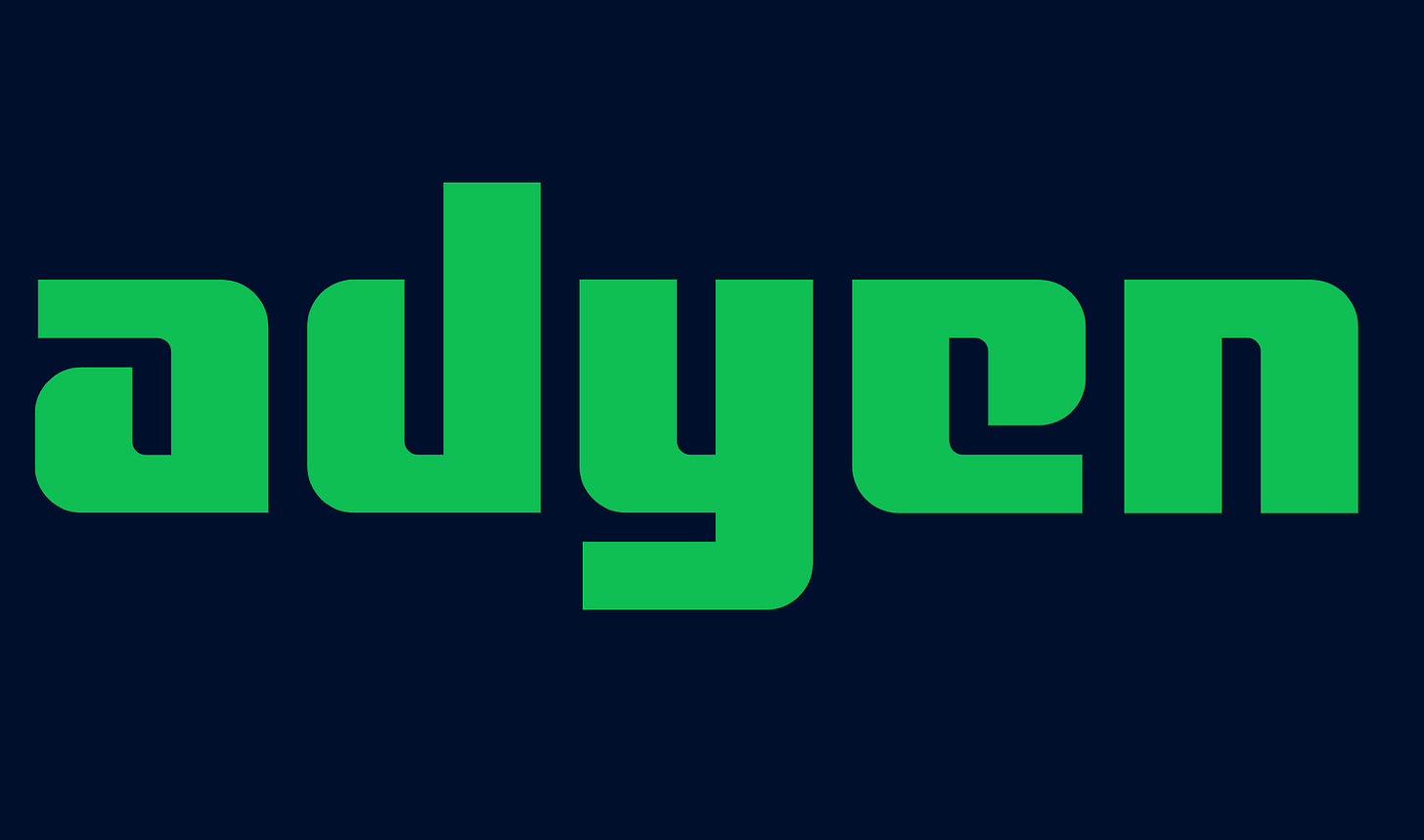Is Adyen a great investment?
Adyen. Equity Research! Part 3/3
Welcome to Part 3 of Adyen Deep Dive.
In Part 1, we explored Adyen’s business model and competitive advantages.
In Part 2, we looked at Adyen’s competitors such as Stripe, Block, PayPal, and Dlocal.
We are concluding this Deep Dive by analysing their opportunities for growth, financial health, and valuation.
Let’s jump in.
1. Opportunities
2. Financial Analysis
3. Valuation
4. Conclusion
1. Opportunities
Continuous Growth in Developed Economies
While it might seem that in Europe and the US, everyone uses cards, and there is no growth left for digital payment companies, that simply isn’t the case.
According to the Federal Reserve Bank of St. Louis, as of Q1 2025, only 16.2% of all US retail sales are done online!
Depending on the estimates, this is approximately half of China, leaving a lot of room for impro



